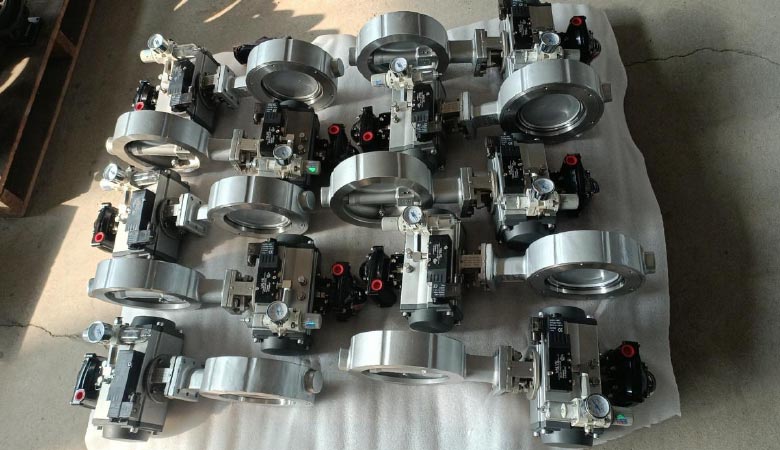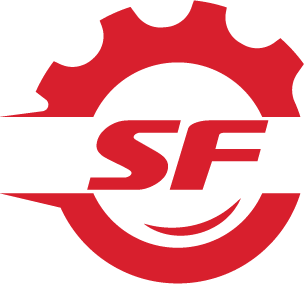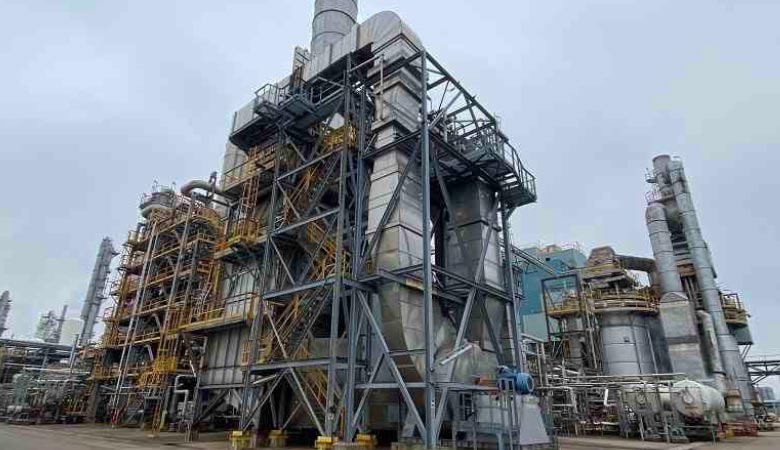ProductionKeywords: High-performance butterfly valves, styrene plants, ethylbenzene dehydrogenation, styrene distillation, explosion-proof valves, corrosion-resistant valves, valve maintenance, industrial valves.
The Backbone of Styrene Production
Styrene production is a complex process involving high temperatures, flammable and explosive atmospheres, and corrosive media. High-performance butterfly valves are essential components that ensure safety, reliability, and efficiency throughout the production process. This article explores the key applications of these valves in styrene plants, highlighting the critical technical aspects and maintenance strategies.
Key Applications in Styrene Plants
- Ethylbenzene Dehydrogenation Reaction System:
- High-temperature gas pipelines at the inlet and outlet of the dehydrogenation reactor (600–650°C, containing ethylbenzene, styrene, H₂).
- Bypass regulation of steam superheaters (0.5–1.5 MPa).
- Styrene Distillation and Purification:
- Styrene liquid phase pipelines in distillation towers (100–150°C, containing TBC inhibitors).
- Condensate control in vacuum systems (-0.09 MPa).
- Raw Material and Solvent Handling:
- Ethylbenzene/benzene raw material storage tank inlets and outlets (flammable liquids, flash point 15°C).
- Solvent (toluene, xylene) recovery systems.
- Waste Gas Incineration and Environmental Systems:
- Inlet pipelines for RTO (regenerative thermal oxidizer) containing styrene tail gas.
- Neutralization control of acidic waste gas (containing SOₓ, NOₓ) in alkaline scrubbing towers.
- Steam and Heat Transfer Systems:
- Heat transfer oil circulation systems (300°C, 4 MPa).
- High-pressure steam (10 MPa) regulation valves for steam ejector pumps.
- Polymer Control and Cleaning Systems:
- Antipolymerization agent injection valves for styrene storage tank nitrogen sealing pipelines.
- Chemical solvent control for online pipeline cleaning (CIP).
Critical Technical Considerations
- Material Selection:
- High-temperature dehydrogenation gas: Nickel-based alloys (Inconel) + hard alloy seals.
- Styrene liquid phase: Fully lined fluoropolymer butterfly valves (PTFE/PFA).
- Acidic waste gas: Hastelloy C276 + fire-safe designs.
- Sealing Design:
- High temperature and pressure: Double or Triple eccentric metal hard seals + elastic compensation rings.
- Polymerizable media: Anti-stick coatings + online flushing ports.
- Safety features:
- ATEX/IECEx certified pneumatic actuators.
- API 607 fire safe certification.
- Anti static designs.
Valve Selection and Maintenance Best Practices
- Selection:
- Match materials and sealing configurations to media properties and operating conditions.
- Ensure valves meet relevant industry standards (API, ASTM, ATEX/IECEx).
- Select appropriate actuators for precise control and safety.
- Maintenance:
- Regularly inspect sealing surfaces for coke buildup and polymer deposits.
- Flush valve cavities with toluene or acetone during styrene system valve shutdowns.
- Periodically verify the safety interlock functions of explosion-proof actuators.

Advantages of High-Performance Butterfly Valves
- High-Temperature Resistance: Suitable for high-temperature dehydrogenation processes.
- Polymerization Prevention: Designs to prevent polymer buildup and clogging.
- Explosion-Proof Safety: Certified designs to mitigate risks in flammable atmospheres.
- Corrosion Resistance: Materials designed to withstand harsh chemical environments.
- Efficient Flow Control: Enables precise regulation of process flows.
Conclusion
High-performance butterfly valves are essential for safe and efficient operations in styrene plants. By focusing on appropriate material selection, advanced sealing technologies, and rigorous maintenance practices, plant operators can ensure long-term reliability and minimize risks.

